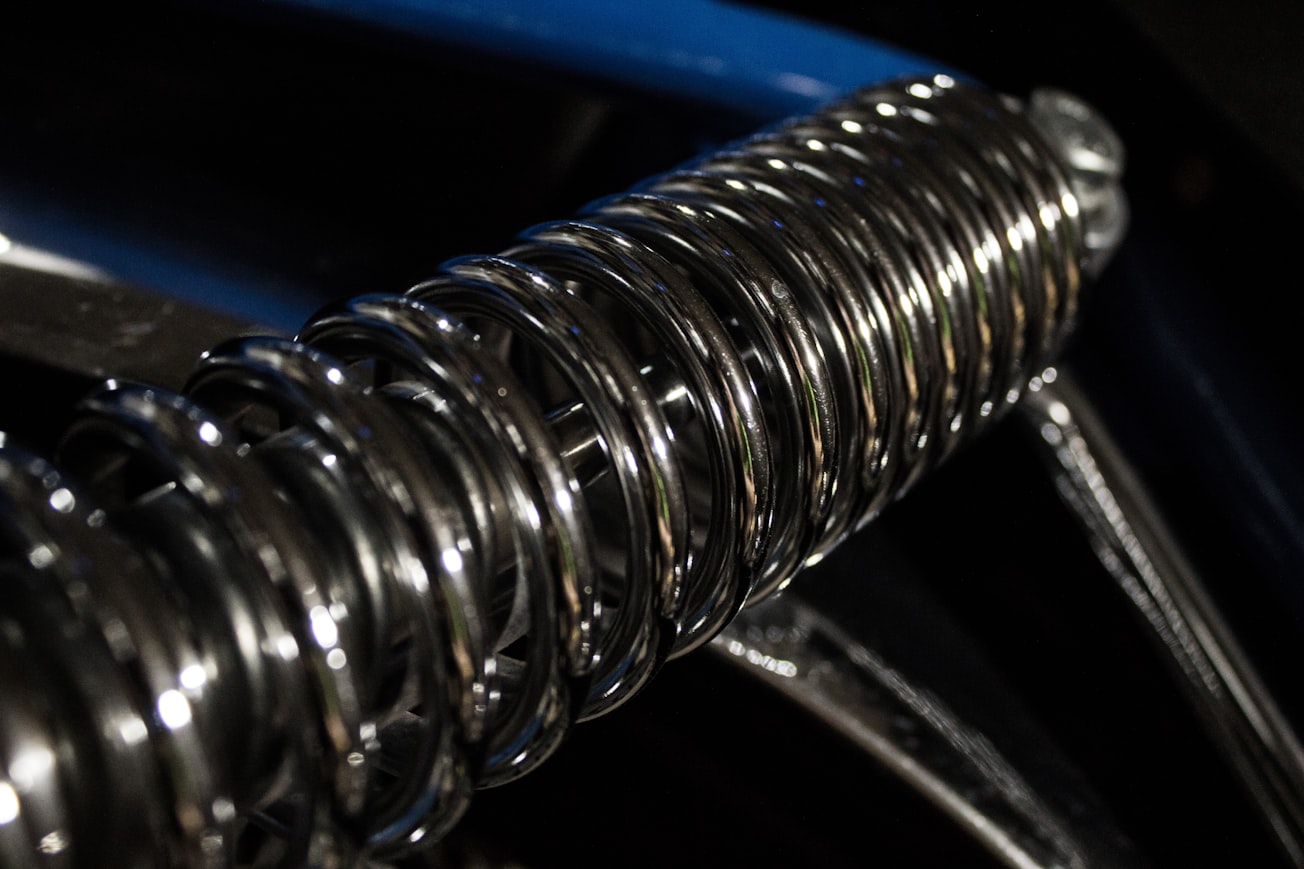What is it about?
A number of components in the automotive vehicles have various types of compression coil springs. These days, because of the strong demand for better performance of automotive vehicles, the use of high-strength spring steel has been increasing. When the compression coil springs are subjected to high stress, fatigue crack sometimes propagates from small defect or scratching produced in the manufacturing process. Correspondingly in this study, a series of torsional fatigue tests were systematically conducted in the high cycle fatigue (HCF) and very high cycle fatigue (VHCF) regimes. By taking advantage of √area-parameter to represent the effect of scratch, the fatigue behavior of high-strength spring steel with different types of small artificial scratch was examined in a systematic manner.
Featured Image

Photo by Nikola Treći on Unsplash
Why is it important?
(1) Both smooth and scratched specimens did not show a notable decrease of the torsional fatigue limit in the VHCF regime. (2) With the increase of mean shear stress, the torsional fatigue limit of smooth and scratched specimens degraded in a similar manner. However, the effect of mean shear stress was rather small. (3) The √area-parameter model predicts the lower bound of the torsional fatigue limit in the presence of small scratches with variable orientations, irrespective of the value of R.
Perspectives
I am happy that we could systematically investigate the mean shear stress effect on the scratched specimens. However, we need to investigate the fatigue behavior of actual coil springs with small scratches. I hope that we can deliver some useful insight based on our energetic research.
Prof Keiji Yanase
Fukuoka University
Read the Original
This page is a summary of: Effects of mean shear stress on the torsional fatigue strength of a spring steel with small scratches, International Journal of Damage Mechanics, February 2019, SAGE Publications,
DOI: 10.1177/1056789519831434.
You can read the full text:
Contributors
The following have contributed to this page







